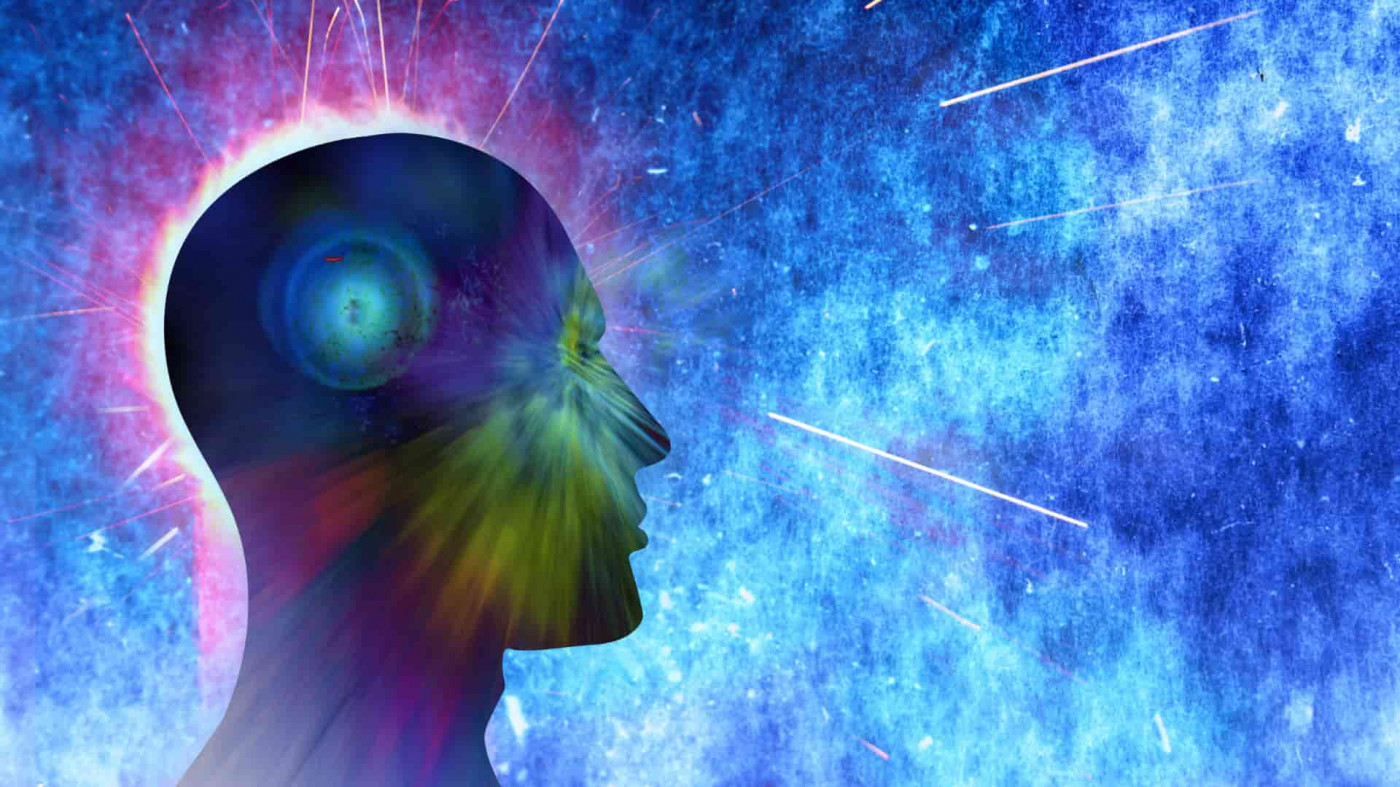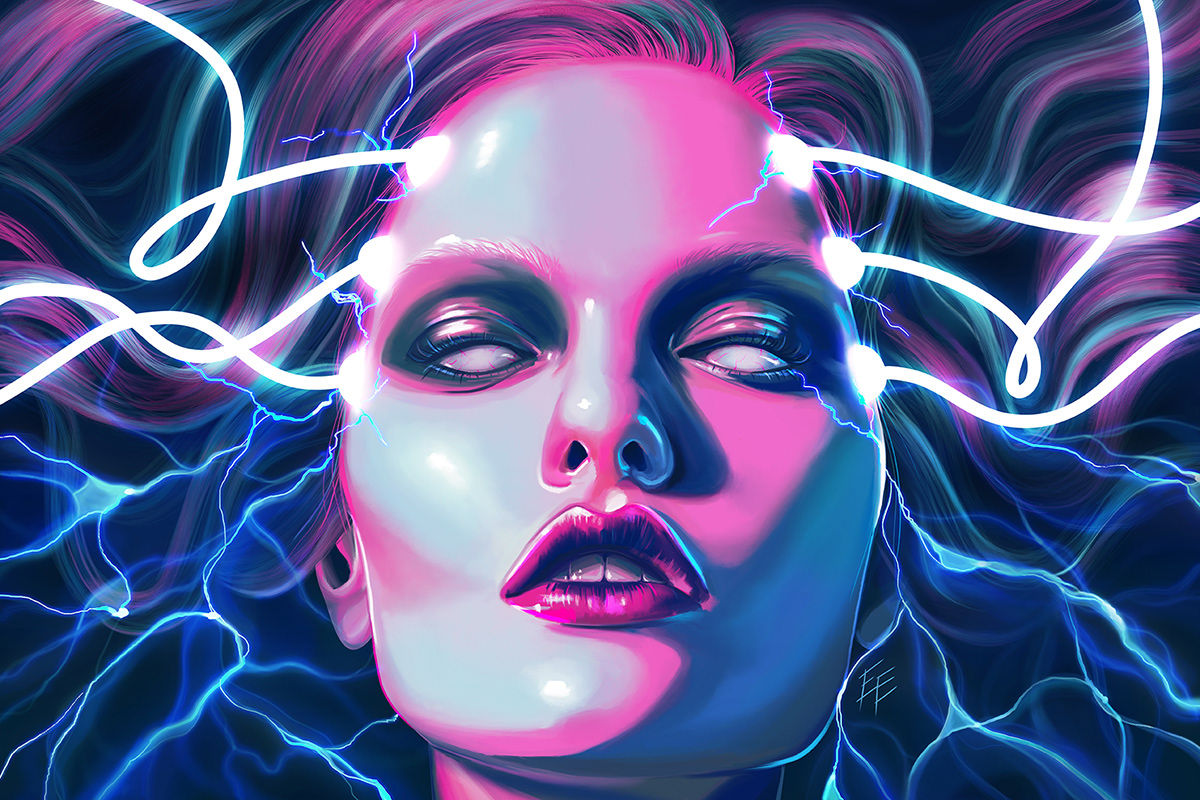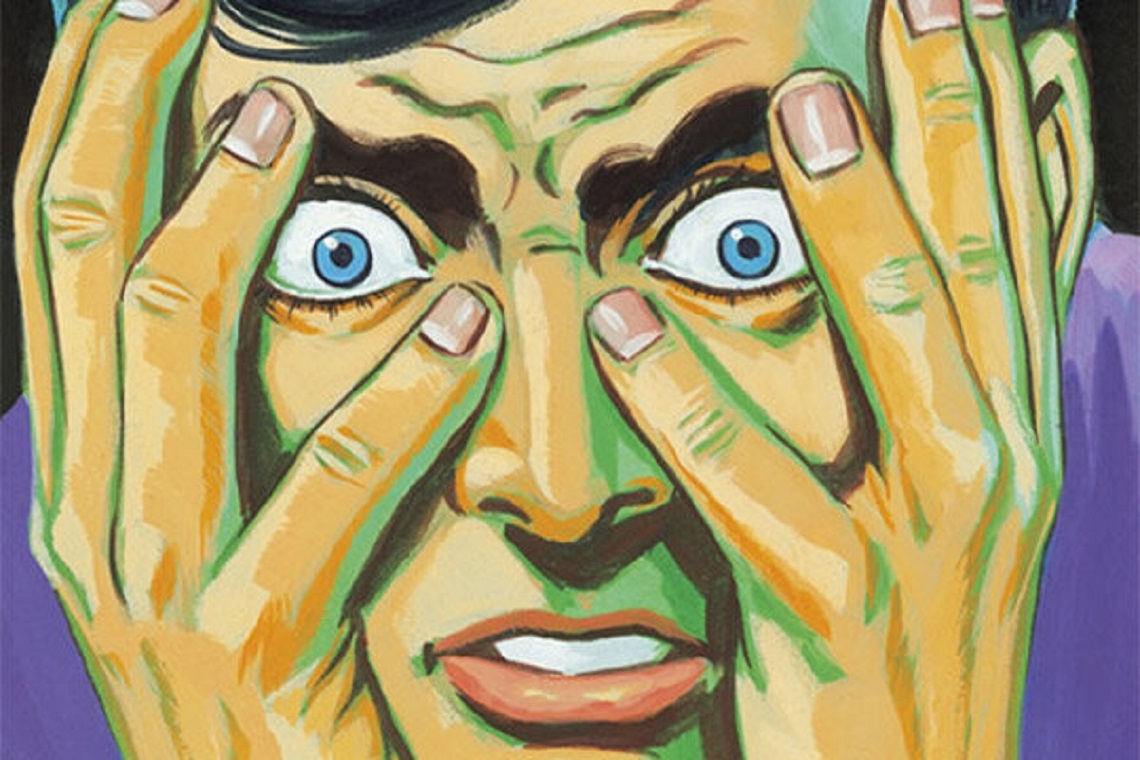The function of the machine is to eradicate consciousness, to annihilate consciousness, to drive out consciousness, to get rid of every last little trace of consciousness. We are told that the function of the machine is something else entirely, something valuable and important, something that we ought to regard positively and comply with. We are given a convenient cover-story in other words, a kind of reassuring official narrative that we can – to some extent or other – believe in.
On one level it could be said that we are the unfortunate victims of the machine, but on another – deeper – level it would be more accurate to say that we are victims of ourselves. We want the machine to be doing the job that it is doing; we want the machine to eradicate all consciousness. We also want to believe that we are not complicit in this – we want to believe that we are involved in some worthwhile venture and not something as deeply perverse as ‘the eradication of consciousness’.
Essentially therefore, we want to have our cake and eat it! And – curiously enough – we seem to be able to do this; it appears that we are able to arrange things so that even though we are colluding all the way in this nefarious job of doing away with our own consciousness, we can at the same time believe the story that we are telling ourselves, which is that we are engaged (for the most part) in positive and worthwhile ventures and that we are getting somewhere as a result. Needless to say, we wouldn’t feel at all good about ourselves otherwise; in order to have a positive view of ourselves we have to perceive ourselves as heading to some kind of worthwhile goal or destination, but how can there be a ‘worthwhile goal or destination’ in the absence of any awareness?
The endeavour of eliminating consciousness is not – we might say – a ‘legitimate’ one (i.e. it is not an honest one). If it were possible for us to be honest about the endeavour of getting rid of our own consciousness then it would of course be a perfectly legitimate one – we would not be fooling anyone – but the whole point of eliminating consciousness is that we won’t know what is going on. If we did know then clearly we wouldn’t be unconscious! It’s not too hard to work out that this business of eradicating consciousness is not going to be something that we can ever talk about or own up to – eradicating consciousness is just another way of talking about denial and denial, by its very nature, never declares itself. It wouldn’t be denial otherwise. Getting rid of consciousness is always an underhand business.
The function of the machine is to eliminate all traces of consciousness (as if it were some sort of unspeakable evil) and we are letting the machine run our lives for us. What we are calling ‘the machine’ is simply the consensus viewpoint, the ‘agreement that we have made and then forgotten about’! We have agreed – for strictly practical pragmatic reasons – what reality is, and then we have got so involved in the business of conducting our lives on this agreed-upon basis that the act of agreement has become profoundly invisible to us. There is nothing more invisible than this, there is nothing we are less able to be aware of. The ‘agreement’ underlying the consensus view of the world constitutes both our personal and collective our blind-spots.
The machine is all around us. It is both inside us (as the rational—conceptual mind) and outside us (as the designed world we have embedded ourselves so deeply in). The machine is the determinate world that we have inadvertently conjured up for ourselves, the world that is made up of our own unconscious assumptions. Whenever we act (or think) on the basis of assumptions that we cannot remember making then we create ‘the machine world’. This world grows up around us, fed by our profound lack of interest in our own interiority. The less interested we are in our own interiority the more opaque and entrapping the machine world becomes; its coils thicken and tighten, slowly but surely choking the life out of us. Gradually, bit by suffocating bit, we adjust to the unthinkable, which is ‘life without freedom’.
As we have just suggested, it isn’t just ‘freedom’ (in the usual sense of the word) that we lose in the machine world – it is consciousness. Consciousness and freedom go hand in hand; we can only be conscious if we have the freedom to do so – consciousness doesn’t happen any other way. Consciousness doesn’t happen under contrived conditions, it doesn’t happen in a box or in an accountant’s ledger. If awareness is regulated, it ceases to be awareness. Consciousness – we might say – is a flower that does not bloom in the Designed World. So – just to repeat the point one more time, because this is something we never get – when freedom is taken out of the picture (as it always is by the thinking, labelling, analyzing mind) then there can be no consciousness.
Whenever there are assumptions that we cannot see, assumptions that we are not aware of, then this – of course – limits our freedom, and thought cannot operate without assumptions. Without assumptions that are made and then forgotten about there can be no definite conclusions and thought is all about definite conclusions. Thought is all about definite conclusions but in life, in reality, there is no such thing as ‘a definite conclusion’! Definite answers are something we make up for ourselves purely for the sake of practicalities, but then – once we have created this world that is made up of definite conclusions or definite answers then we get trapped in it. What after all could be more of a trap than a definite conclusion, a define answer?
What a funny thing this is – to be living in a world made up of definite answers or definite conclusions when in reality there is no such thing? What a bizarre situation this is – how could we even being to imagine that there could be such a thing as this? Why would we want to imagine that there could be such a thing, let alone take it further? And yet even so – notwithstanding the sheer bizarreness of it – this is exactly what we do. This is what we do all the time; we do this consistently, without any let-up! We engage in this behaviour – and it is a behaviour, it is something we ‘do’ – and as a result we create a funny kind of world for ourselves, a world that is made up entirely of ‘hard edges’, ‘defined shapes’, ‘fixed structures’ or ‘terminal destinations’.
What on earth would be like to live in such a world, we might ask? What kind of experience would we living in such a world produce? It sounds rather stupid to be asking such questions of course because this IS our experience – this is exactly our experience in day-to-day life – but the point is that there we don’t actually know what living in this world of definite answers or final destinations is like because we don’t ever experience the reality of it. We haven’t the necessary perspective to know this because the only ‘perspective’ we have is that which is supplied to us by the two-dimensional world of definite appearances. We don’t know what it’s like to live in the machine world because we’re constantly living in the illusions that are generated by the machine. We’re living in illusion – we’re living in illusion because we perceive the world of definite answers to have an actual content when it doesn’t.
There is no content in the world of definite answers. There’s no content in the world of definite answers because reality isn’t ‘a definite answer’ – reality isn’t a description, in other words. What could be more ridiculous than living (or attempting to live) in a world that is made up entirely of descriptions, a world that is made up entirely of ‘codifications’ or ‘classifications’? On the face of it, we probably wouldn’t even believe that this could be possible! And yet we do it all the time. Descriptions are arid – descriptions are arid because they are devoid of what it is that they are describing. There is no saltiness in the word ‘salt’, no wetness in the word ‘water’, no sweetness in the word ‘honey’. Yet we carry on despite the lack of saltiness, wetness, sweetness, and other qualities, apparently not missing them. The reason – we might say – why we don’t miss the actual saltiness (or wetness or sweetness, etc) is because the actual indescribable quality itself has been replaced by something very different, a suggestion of the quality, a promise or token of the quality. Because the token straightaway engenders pleasure or excitement (if the token is positive rather than negative, or ‘fear-inducing) it becomes all too easy for this substitution to take place, and not just take place, but take place invisibly.
Immediately, therefore, we can see how consciousness is gotten rid of, how it is eliminated. Consciousness is eliminated by substituting tokens for the qualitative aspect of reality. Consciousness is eliminated from the picture by substituting token for qualitative aspect of reality, which is actually the only reality! [There is no quantitative aspect to the world – we make that up ourselves.] The reason that the process of substitution which we talking about here happens so very effectively (like wildfire spreading in a bone-dry forest, in fact) is because pleasure (or positive excitement) on the one hand, and pain (or negative excitement) on the other are so overpoweringly powerful. Attraction/aversion is very nearly 100% overpowering / overwhelming. Who after all is ever going to see beyond attraction / aversion? How remarkable it would be to have the ability to do this! This equals ‘learning to live without the machine’. The ability to do this (as formidably difficult and frightening as it is) is the way to bring consciousness back into the world.






